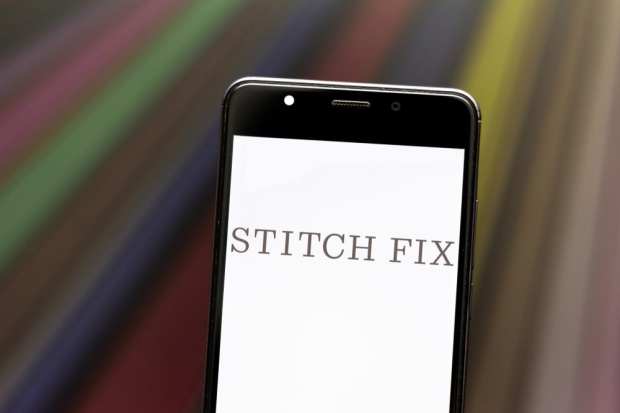Stitch Fix Misses Earnings Estimates, Pivots Business Model

Stitch Fix is making a change to its business model that could prove consequential for the fashion apparent retailer and personal-styling service.
As part of its quarterly earnings announcement Monday (June 8), the company said it will change the structure and accessibility of its direct-buy feature, which allows customers to purchase clothes from the firm.
By the numbers, the company had a tepid third quarter, which ended May 2, falling well short of Wall Street expectations for the pandemic-ridden business climate. Stitch Fix raised its active clients to 3.4 million, an increase of 9 percent over third quarter 2019 and grew revenue per active client by 6 percent, according to a press release. It delivered $372 million in net revenue, a 9 percent decrease with a pledge from CEO Katrina Lake to return to positive growth in fourth quarter.
“We believe our business model and balance sheet uniquely position us to thrive in retail’s next era, and we’re excited to demonstrate that in the quarters ahead,” Lake said in the release. “Our results give us confidence in the resilience and increasing relevance of our model as more people than ever before seek out a better online shopping experience, rooted in what is meaningful and right for them. Through a combination of innovating the Fix model and expanding Direct Buy, we are excited to expand the Stitch Fix ecosystem, and unlock personal styling for everybody.”
Expanding direct buy could be a move that forces other subscription services to react as they consider options such as the “pause button” detailed in the most recent PYMNTS subscription tracker. The Stitch Fix decision grew out of testing and the changes seen during the course of the pandemic.
As detailed in letter to shareholders, the company had a strong third quarter underway until the second week in March when the pandemic was declared. Results were trending at a 20 percent increase over 2019 for its full program as well as direct buy offerings. However, by the third week in March the company’s warehouse capacity had fallen by nearly 70 percent and backlogs doubled during that period of time. Over the course of April, orders improved, and the company ended April at 66 percent of its warehouse capacity. As of Monday, the company said it is approaching full capacity.
During that time what the company said is a “large majority” of customers continued to receive its services. However, as March wore on, the number of shoppers opting out increased and then recovered. By late April, the company achieved its strongest retention rate in three years. However new customers and direct buy clients also dropped beginning in mid-March.
“We remain incredibly excited by the level of engagement and demand we’ve seen from direct buy clients,” the letter stated. “Even in this exceptionally challenging backdrop, direct buy exceeded our pre-COVID-19 expectations in February, March and April. Its low-commitment and low-friction path to a personalized shopping experience represents a terrific complement to Fixes for our current active clients, and an important future gateway to Stitch Fix. We saw this positive traction play out in Q3 ’20 with robust active client engagement, very low return rates, and elevated checkout volumes.”
In other words, direct buy is profitable. Stitch Fix said in third quarter of this year, direct buy revenue more than tripled over the second quarter. Its adoption rate among its existing base of women’s clients grew from 5 percent in February to 13 percent in May, and testing has shown it to be incremental to complete Stitch Fix packages. So far, only a small percentage of the current customer base is participating in direct buy, which the company will position as a personalized recommendation engine.
“To date, we’ve only offered direct buy to existing clients, with our recommendations being based on past items each client purchased from us,” the company said in the letter. “To move direct buy towards becoming a new client acquisition vehicle, in June we introduced a beta for a new offering, ‘Trending for you,’ which removes the purchased item requirement and instead allows men’s and women’s clients to shop hyper-personalized looks based on their style profiles. This change creates more shoppable looks, meaningfully expanding the breadth of items from which clients can choose to purchase, and removes the requirement that clients have purchased from us in the past.”
